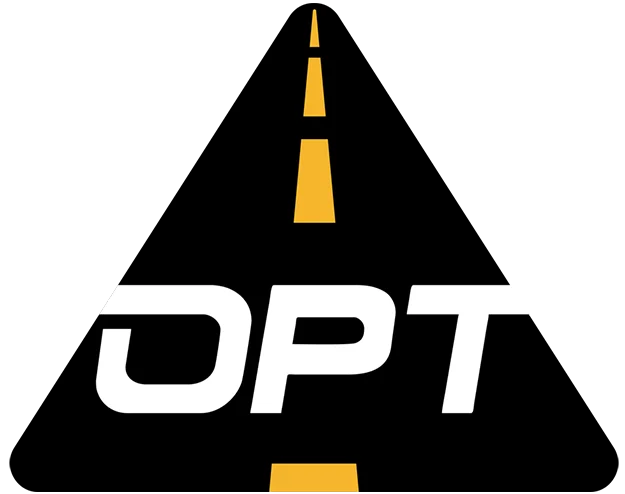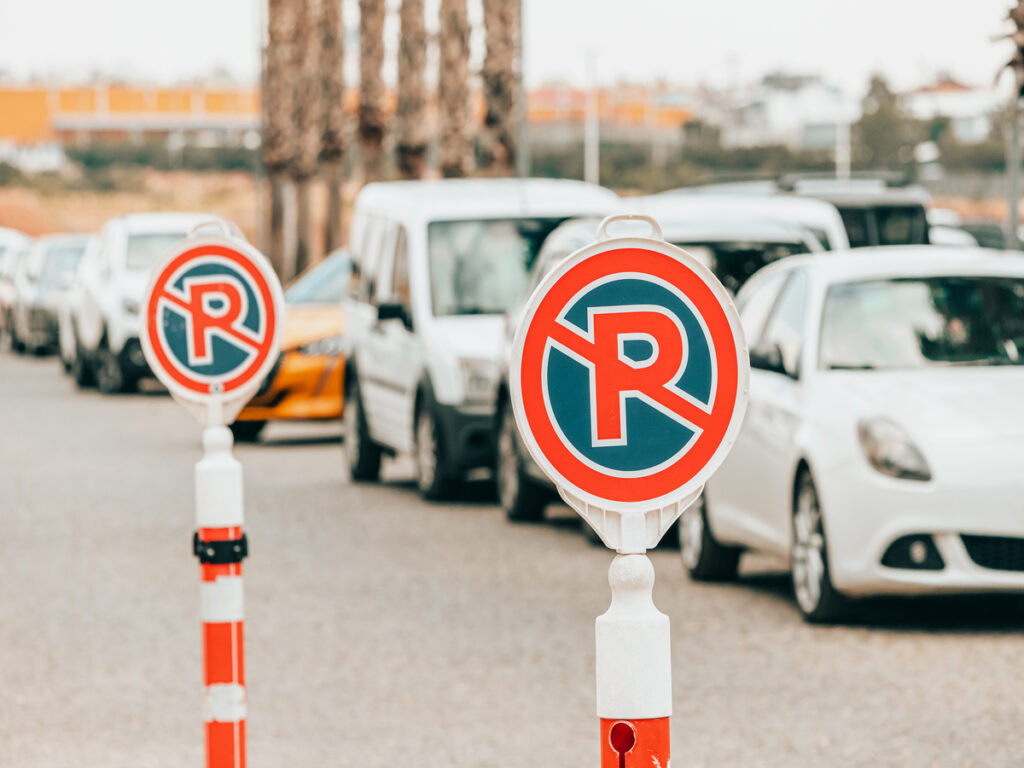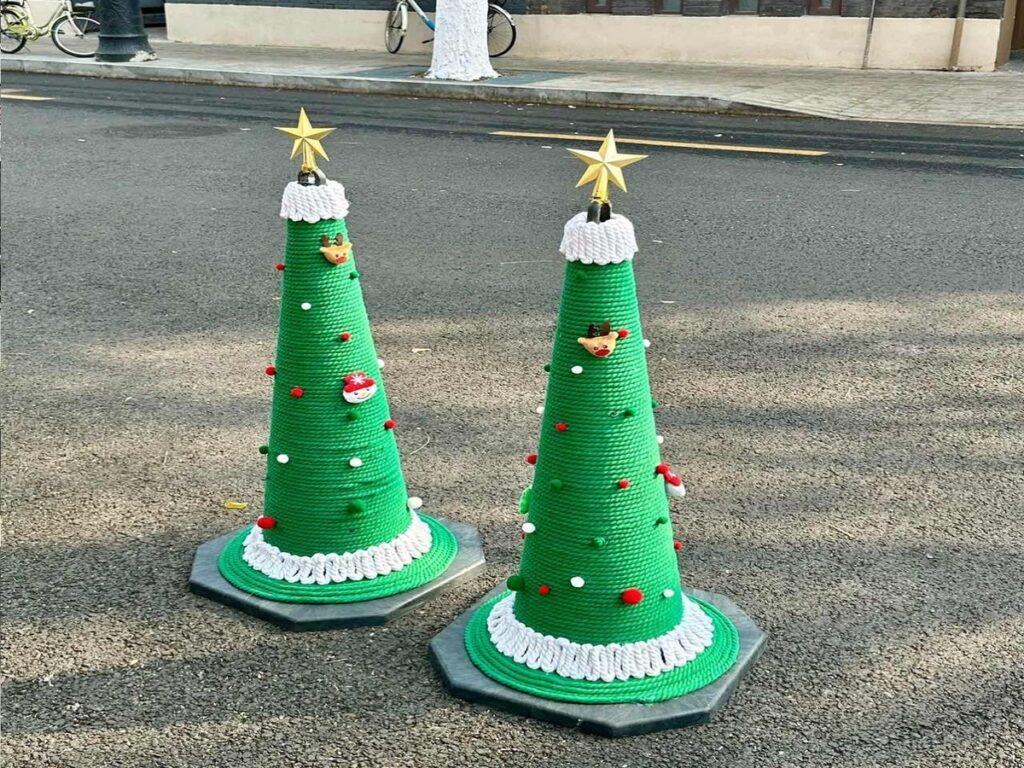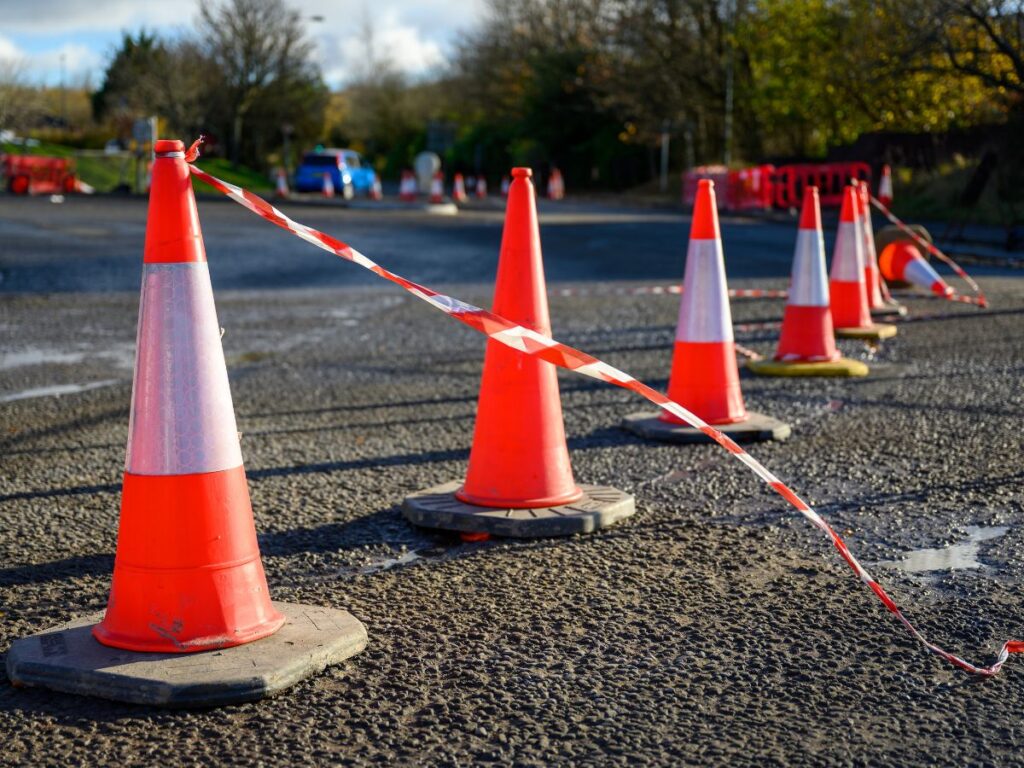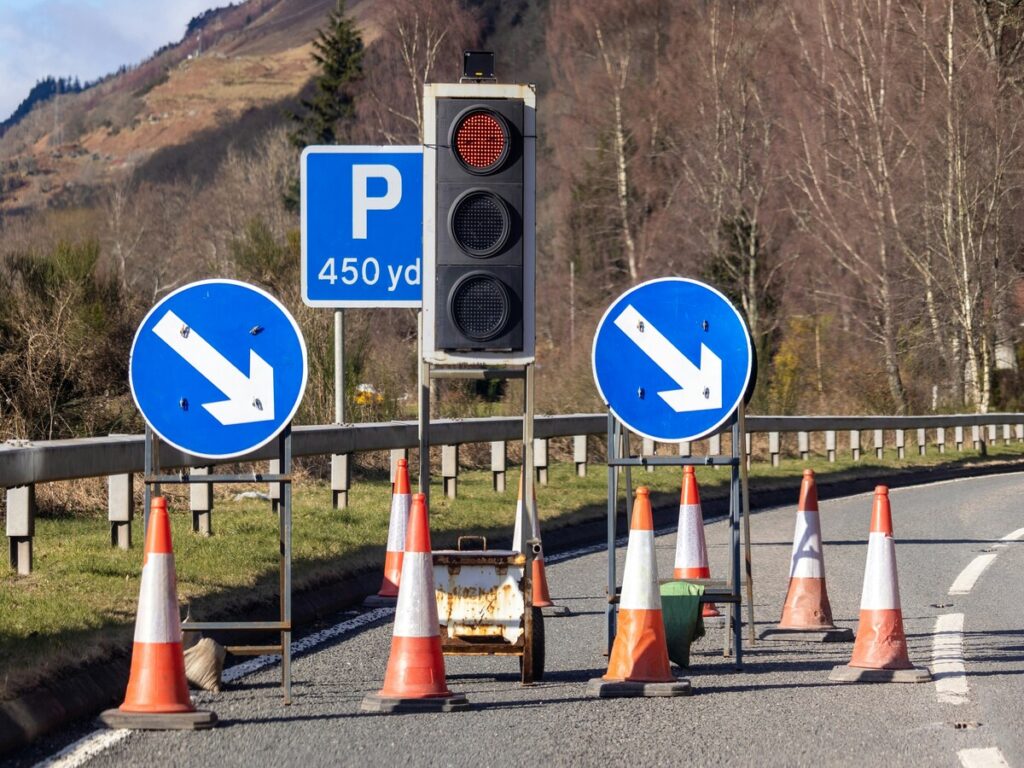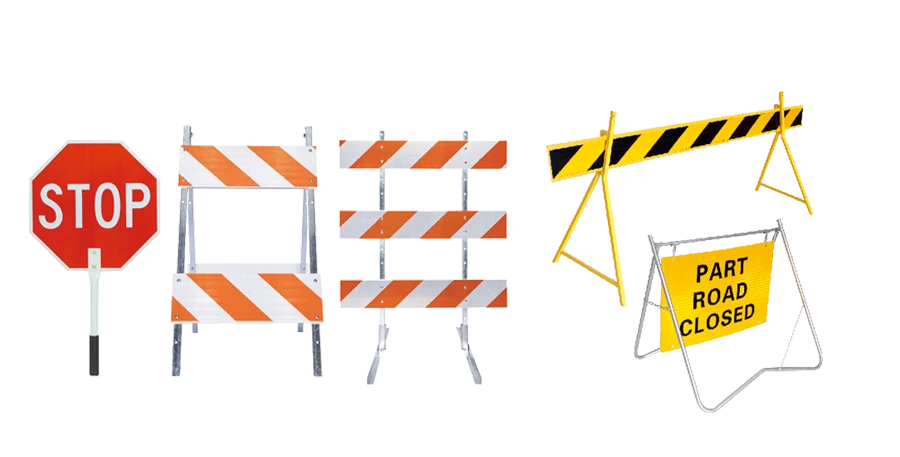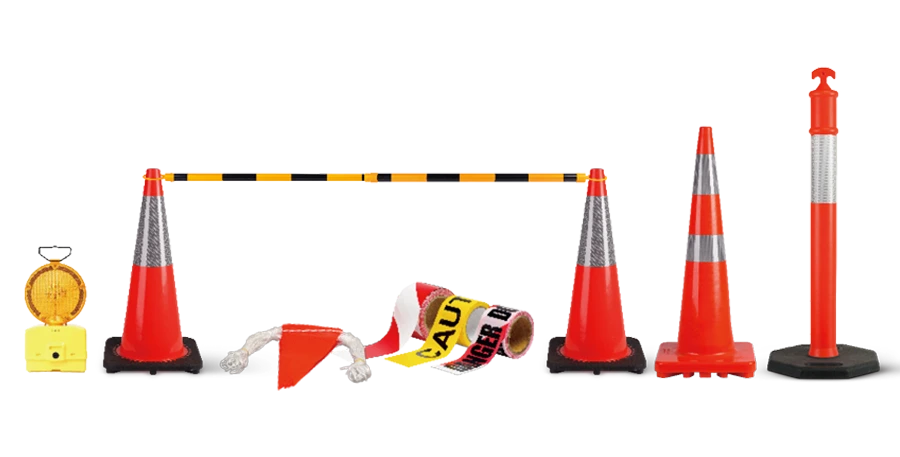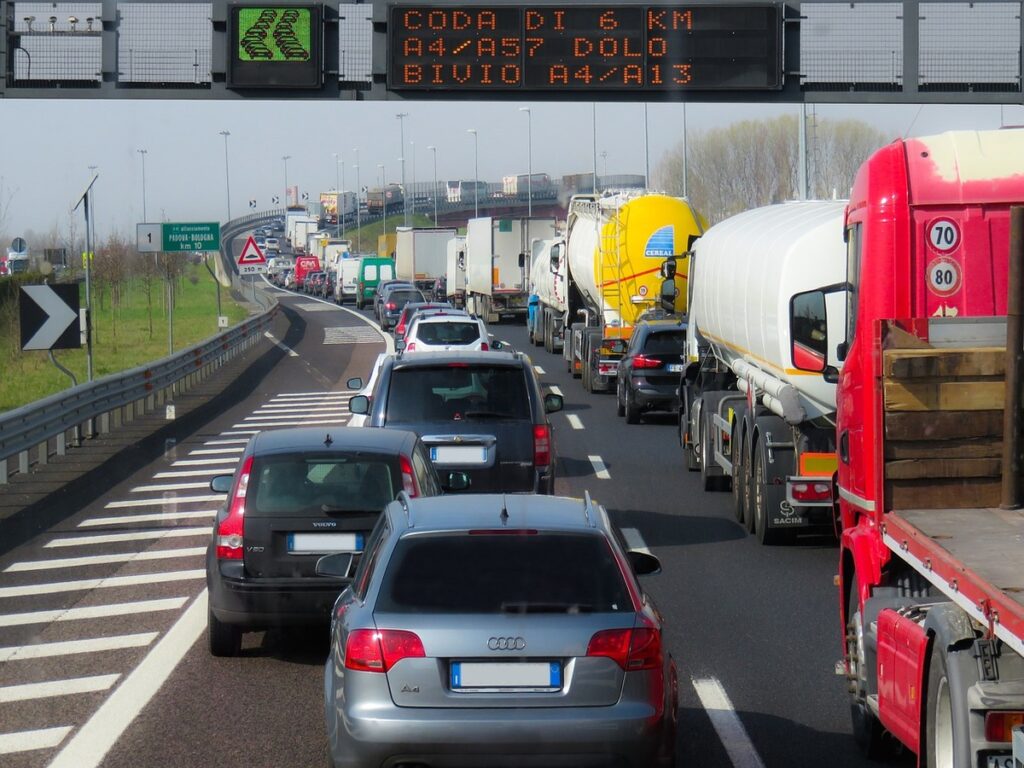
Effiziente Straßen halten den Verkehr auf und verringern Verzögerungen. You play a vital role in ensuring safety by understanding how to manage roadways effectively. Plastic road cones improve visibility and guide drivers during shoulder use. Their reflective materials and fluorescent orange colors make them easy to spot, sogar nachts. Strategically placed cones create clear paths, helping drivers navigate detours and adjust to new traffic patterns. Proper placement transforms shoulders into safe, temporary travel lanes, reducing congestion and enhancing safety for everyone on the road.
OPTsigns Verkehrskegel are the perfect solution for ensuring safety and improving traffic flow. With their durable construction and high visibility, OPTsigns plastic road cones help you create secure and organized temporary travel lanes. Whether for shoulder use or detour management, OPTsigns plastic road cones are a cost-effective, reliable tool for keeping traffic moving safely.
Understanding Partial-Time Shoulder Use as a Traffic Management Strategy
Definition and Overview of Partial-Time Shoulder Use
You may have noticed that some roads allow vehicles to use the shoulder during specific times. This approach, bekannt als partial-time shoulder use, provides extra roadway capacity when traffic volumes are high. It keeps the shoulder available for emergencies or breakdowns during off-peak hours. Transportation agencies decide when to open and close these lanes based on real-time traffic conditions.
- Part-time shoulder lanes act as temporary travel lanes during congestion.
- They offer a cost-effective alternative to widening highways.
- This strategy reduces delays without requiring additional space.
By using this method, you can improve traffic flow while preserving the shoulder’s primary purpose for most of the day.
Benefits of Using Shoulders as Travel Lanes During Peak Hours
Using shoulders as travel lanes during peak hours offers several advantages. It helps reduce congestion, especially in areas where expanding the road isn’t feasible. You can experience smoother commutes as these lanes provide extra capacity during rush hours. This strategy also improves reliability by minimizing bottlenecks.
Another benefit is its cost-effectiveness. Instead of investing in expensive highway expansions, you can rely on existing infrastructure. This approach saves time and resources while addressing immediate traffic challenges.
The Role of Plastic Road Cones in Implementing Shoulder Use
Plastic road cones play a crucial role in making partial-time shoulder use safe and efficient. These cones guide drivers by clearly marking the boundaries of temporary lanes. Ihre leuchtenden Farben und reflektierenden Oberflächen erhöhen die Sichtbarkeit, auch bei schlechten Lichtverhältnissen.
You can use road cones to create clear paths for vehicles, ensuring they stay within designated lanes. They also act as a visual cue, helping drivers adjust to the temporary lane configuration. Durch die strategische Platzierung von Kegeln, you can transform a shoulder into a safe travel lane while maintaining order on the road.
Tipp: Regularly inspect and maintain road cones to ensure they remain visible and effective throughout their use.
Designing and Implementing Partial-Time Shoulder Use
Key Design Considerations for Shoulder Use
Designing partial-time shoulder use requires careful planning to ensure smooth operation and safety. You must first understand the range of part-time shoulder use options available today. Dies schließt evaluating dynamic systems where operation hours vary based on traffic conditions. Identifying key factors such as shoulder width, pavement strength, and drainage systems is essential. These elements ensure the shoulder can handle the additional load without creating hazards.
Decision-making about when to open or close the shoulder is another critical step. You should consider real-time traffic data and potential risks like accidents or breakdowns. Learning from recent successes in the U.S. can also guide your approach. By addressing these considerations, you can create a reliable and efficient system that benefits both drivers and pedestrians.
Optimizing Lane Utilization with Road Cones
Road cones are indispensable for optimizing lane usage during partial-time shoulder deployment. Ihre leuchtend orange Farbe und die reflektierenden Kragen erhöhen die Sichtbarkeit, ensuring drivers can easily spot them even at night. You can use cones to mark clear boundaries, guiding drivers safely into temporary lanes. Placing cones approximately 250 feet before the construction zone gives drivers enough time to adjust to the new configuration.
To prevent confusion, maintain straight lines or simple patterns when arranging road cones. Adjust their placement based on site conditions, such as sharp turns or uneven terrain. This approach minimizes hazards and keeps traffic flowing smoothly. Using durable PVC cones also reduces the risk of vehicle damage, making them a practical choice for highway projects.
Integrating Traffic Cones into Temporary Lane Configurations
Integrating road cones into temporary lane setups requires precision. You can use road cones to create buffer zones that separate workers from traffic, enhancing safety for everyone involved. These zones act as a protective barrier, Reduzierung der Wahrscheinlichkeit von Unfällen. Traffic cone trucks can assist in deploying road cones quickly and efficiently, vor allem in Gebieten mit hohem Handel.
Enhancing Safety with Effective Placement of Road Cones
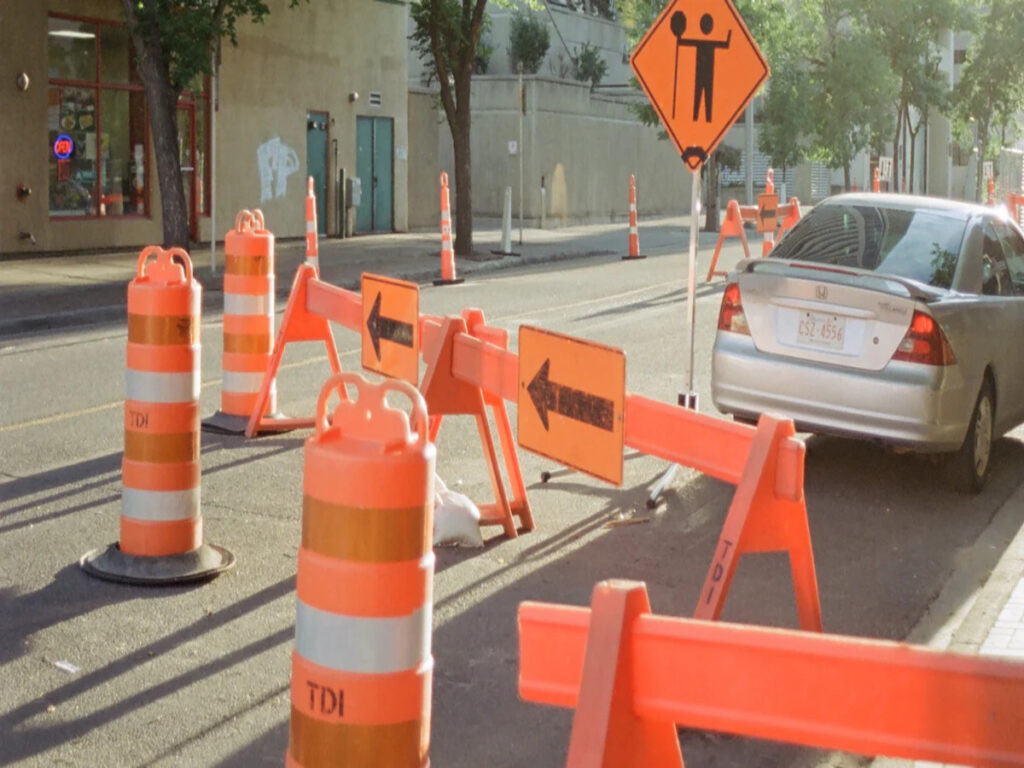
Creating Clear Boundaries for Vehicles
Road cones are essential for creating clear boundaries in temporary lane setups. They act as visual markers, guiding drivers through altered traffic patterns and ensuring vehicles stay within designated areas. Dies verringert Verwirrung und minimiert das Risiko von Unfällen. By outlining temporary lanes, road cones help keep traffic organized and flowing smoothly.
You can also use road cones to mark off work areas, ensuring vehicles maintain a safe distance from hazards like potholes or construction zones. Placing road cones ahead of these hazards provides drivers with advanced notice, allowing them to adjust their speed and navigate safely. This proactive approach enhances safety for everyone on the road.
Establishing Safe Zones for Workers and Pedestrians
Effective placement of road cones plays a critical role in establishing safe zones for workers and pedestrians. Diese Zonen wirken als Schutzbarrieren, Trennung von Arbeitsbereichen und aktiven Fahrspuren. By using road cones to create these boundaries, you can reduce the likelihood of accidents and ensure safety for those working or walking near the roadway.
Cones also guide pedestrians through work zones by creating a clear and safe path away from vehicles. This minimizes the risk of collisions and keeps foot traffic organized. Traffic cone trucks can assist in the quick deployment of cones, vor allem in Gebieten mit hohem Handel, ensuring that safe zones are established promptly and efficiently.
Ensuring Visibility in All Conditions
Visibility is crucial for ensuring safety during the deployment of road cones. Using larger road cones, such as 28-inch traffic cones, on high-speed roads makes them easier for drivers to spot. Reflective bands on cones enhance their visibility during nighttime or low-light conditions, die Sicherheit weiter zu verbessern.
In adverse weather, you can use heavier road cones or secure them with weights to prevent tipping. For snowstorms or icy conditions, LED-equipped cones and reflective markers provide additional visibility. Strategically placing portable lighting towers can also illuminate work zones without creating unsafe glares. These strategies ensure that road cones remain effective in guiding drivers and protecting pedestrians, regardless of the conditions.
Tipp: Regularly inspect road cones to ensure they remain visible and properly positioned throughout their use.
Best Practices for Using Traffic Cones in Partial-Time Shoulder Use

Proper Placement of Traffic Cones for Maximum Safety
Placing plastic road cones correctly ensures safe and efficient cone deployment in roadside work zones. You should use plastic road cones made of durable materials like PVC to prevent damage and maintain stability. Position plastic road cones approximately 250 feet before the start of the work zone to give drivers enough time to adjust. A tapering strategy helps guide traffic smoothly away from hazards or lane closures. Spacing cones about 20 feet apart creates a consistent barrier, keeping vehicles within designated lanes.
Adjust cone placement based on traffic volume and speed. Auf Autobahnen, taller plastic road cones with high-visibility reflective tape improve visibility for drivers. Regularly inspect cone layouts, especially after adverse weather, to ensure alignment and effectiveness. Reposition plastic road cones throughout the day to maintain clear boundaries and maximize highway safety.
Maintaining Clear Roadway Markings and Signage for Driver Awareness
Klar roadway markings and signage complement the use of road cones by providing visual cues for drivers. Bright orange cones mark hazards like potholes or damaged road sections, while signs warn drivers in advance. This combination reduces confusion and helps drivers navigate safely through temporary configurations.
Reflective materials on plastic road cones and signs enhance visibility at night or in low-light conditions. You can use these tools to alert drivers and pedestrians to changes in traffic patterns. Proper signage also ensures emergency vehicles can respond quickly by identifying safe routes through work zones. Maintaining clear markings and signs keeps traffic flowing smoothly and protects everyone on the road.
Periodic Maintenance and Adjustments to Ensure Effective Operation
Regular maintenance of safety cones is essential for protecting against hazards and ensuring temporary pedestrian safety. Inspect plastic road cones daily to check for damage or misalignment. High winds or heavy rain can shift cones, so reposition them as needed to maintain their effectiveness. Traffic cone trucks can assist in quickly redeploying cones in high-traffic areas.
Adjust cone placement throughout the day to account for changing conditions, such as increased traffic or new hazards. Check the layout from a driver’s perspective to ensure clarity. These precautions help you maintain safe and efficient operations, minimizing risks for both workers and pedestrians.
Tipp: Use traffic cone trucks to deploy cones efficiently, especially in busy areas where quick adjustments are necessary.
Partial-time shoulder use has proven to be a valuable strategy for improving road efficiency and safety. It provides additional capacity during peak hours while maintaining the shoulder’s primary function for emergencies. Agencies have successfully implemented dynamic systems, showcasing its practical benefits.
Plastic road cones play a vital role in this process. Ihre leuchtenden Farben und reflektierenden Materialien verbessern die Sichtbarkeit, guiding drivers safely through temporary lanes. Cones clearly mark work zones, channel traffic, and warn of hazards. Portable lighting towers further improve visibility, Besonders nachts, reducing risks for workers and pedestrians.
Adopting best practices for using safety cones ensures maximum effectiveness. Proper placement creates clear boundaries, protects workers, and minimizes accidents. Following guidelines from organizations like Aashto Gewährleistet die Einhaltung der Sicherheitsstandards. By integrating these practices, you can enhance traffic management and create safer roads for everyone.
